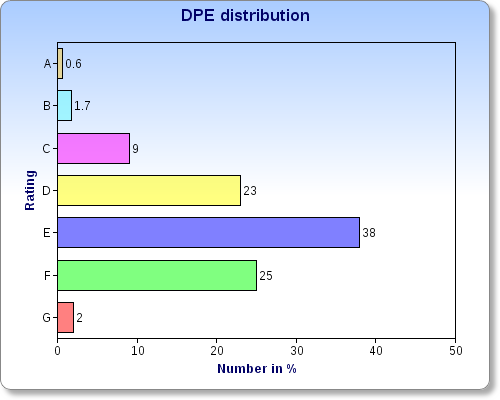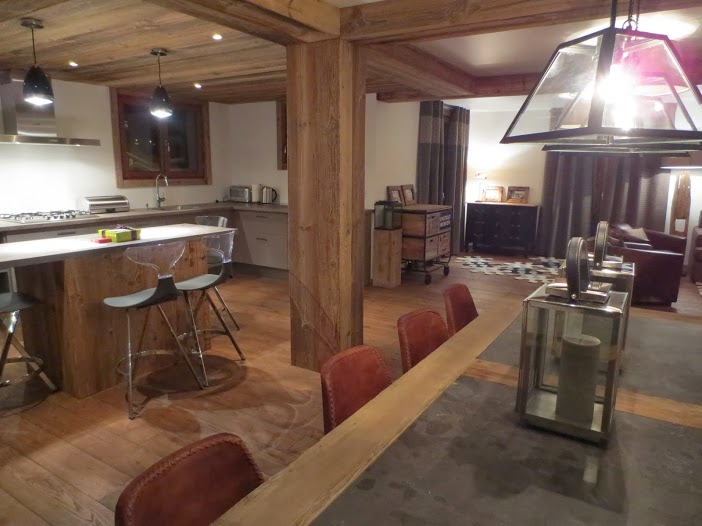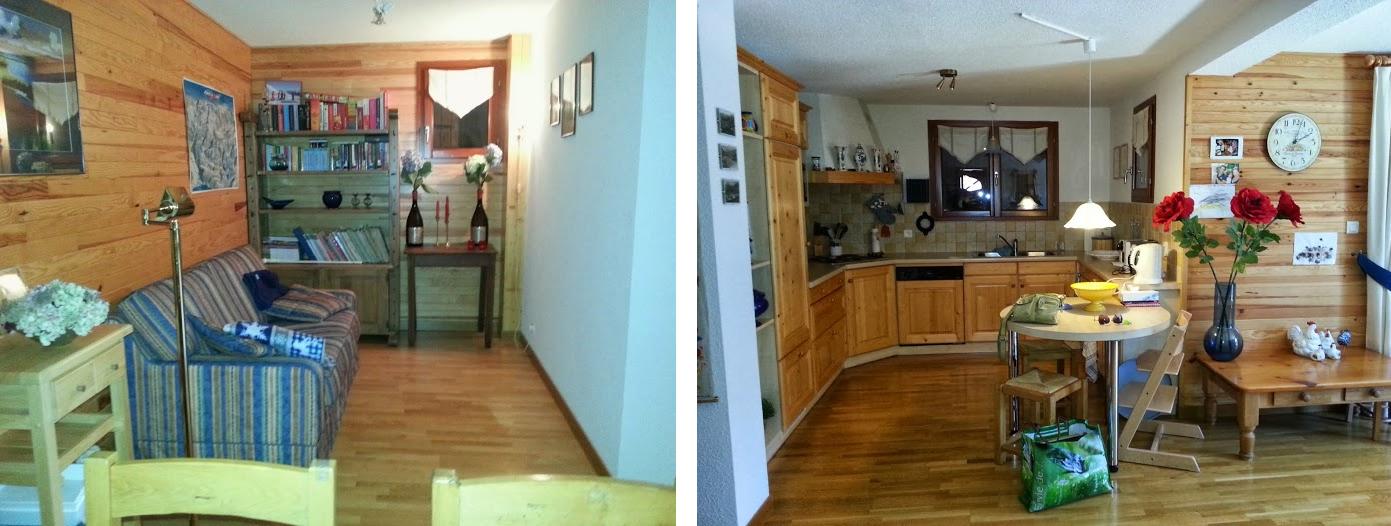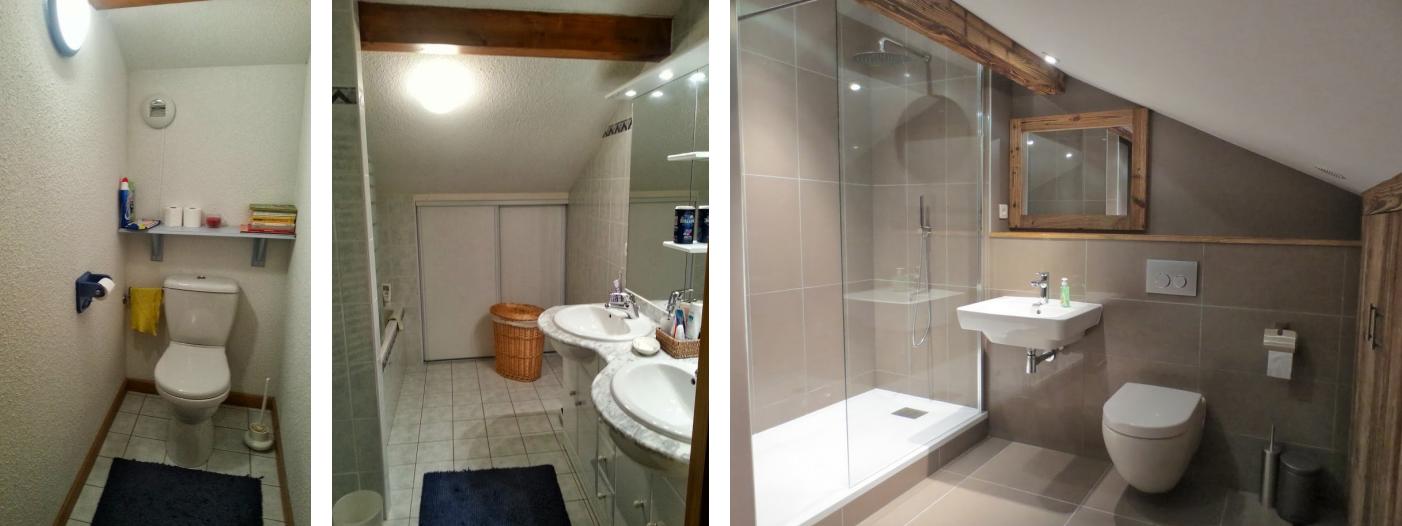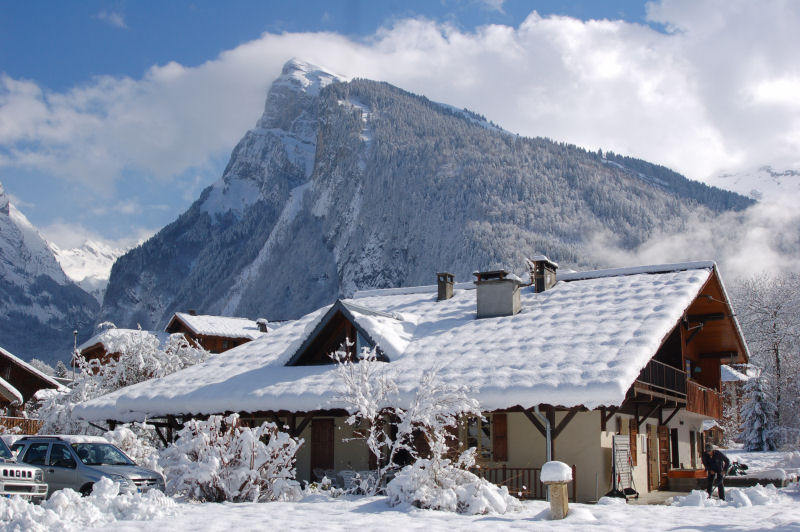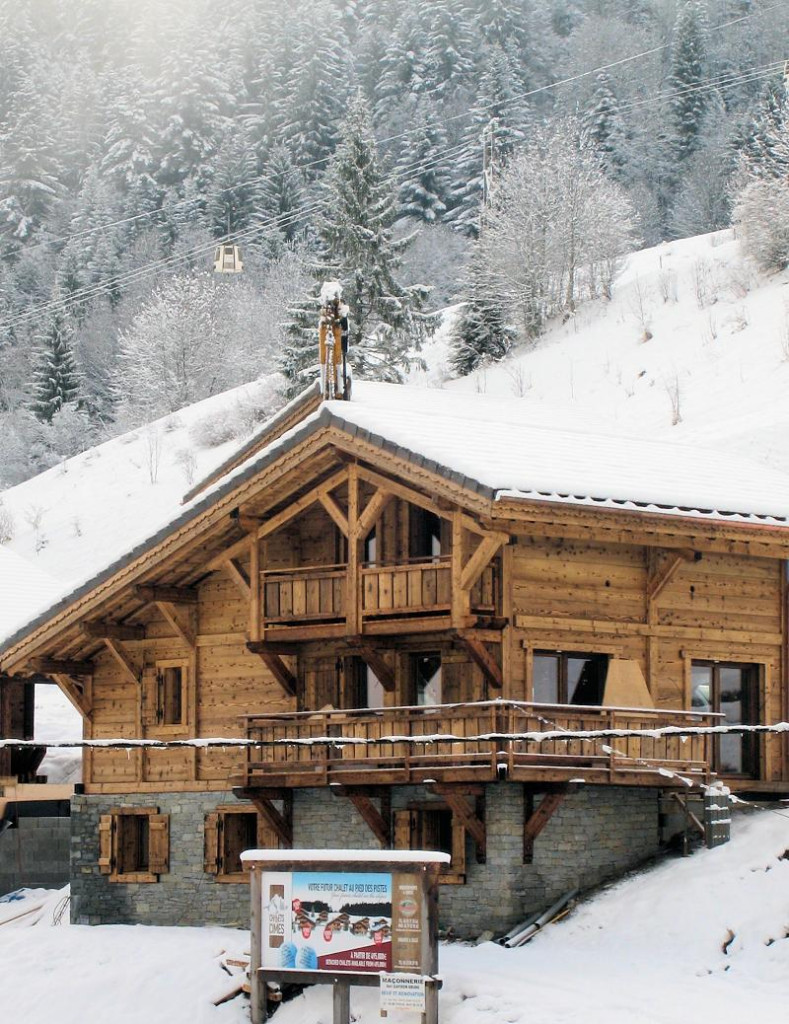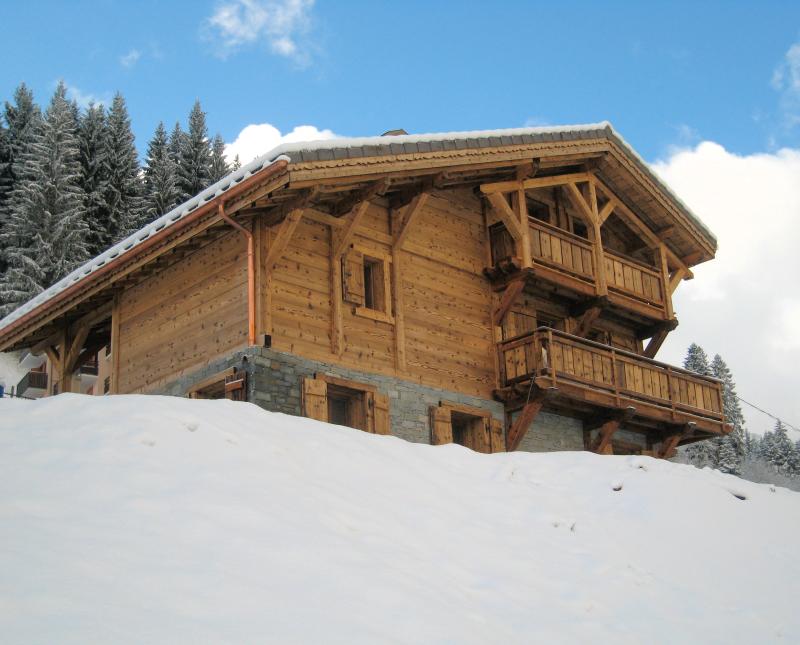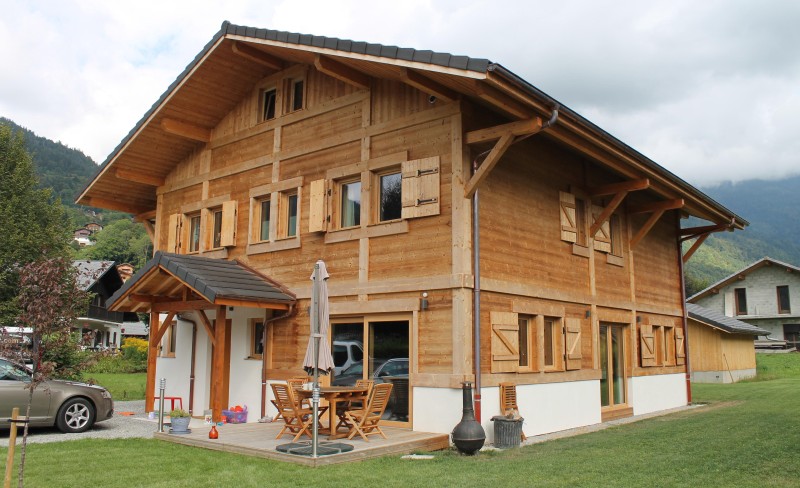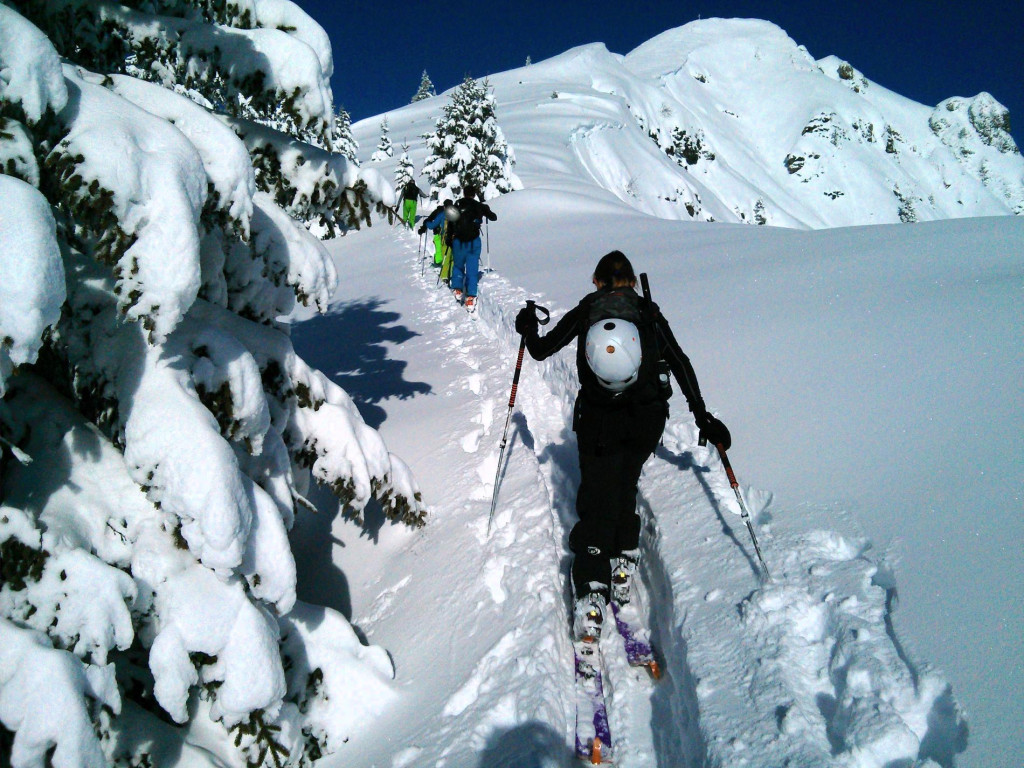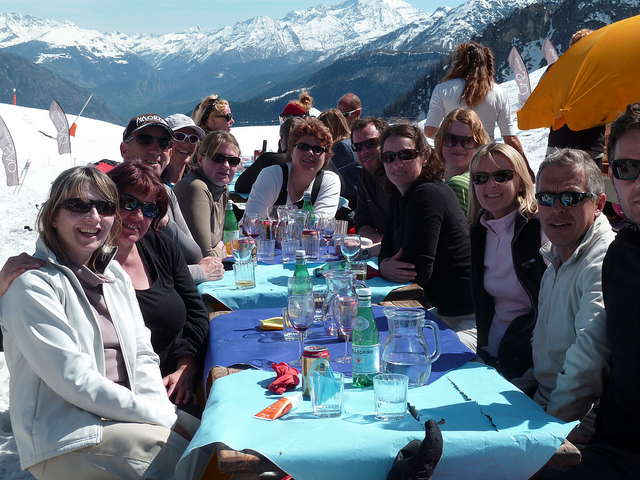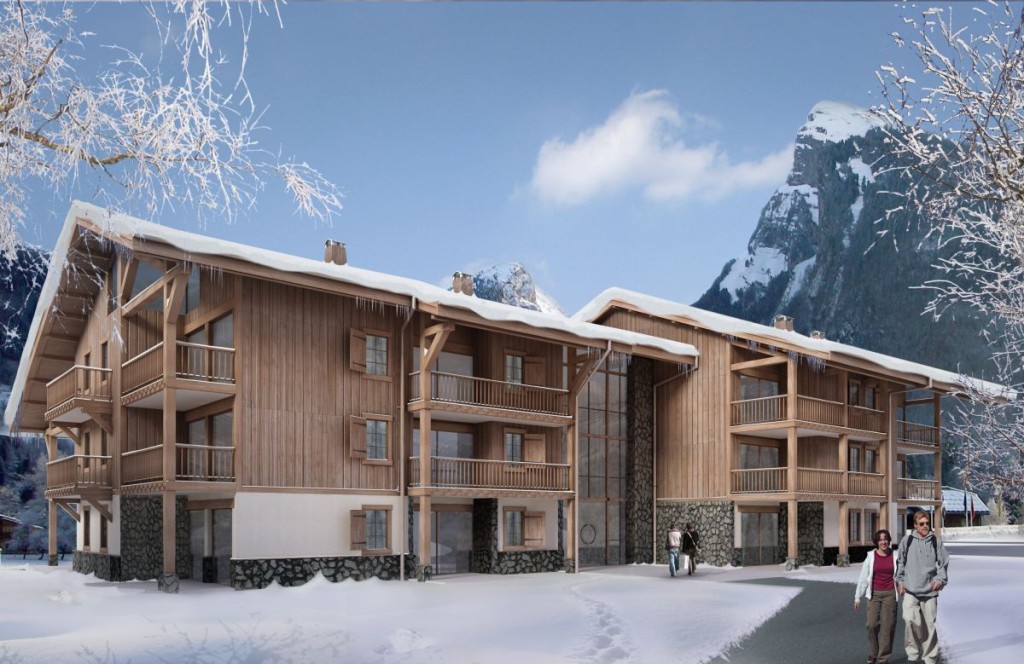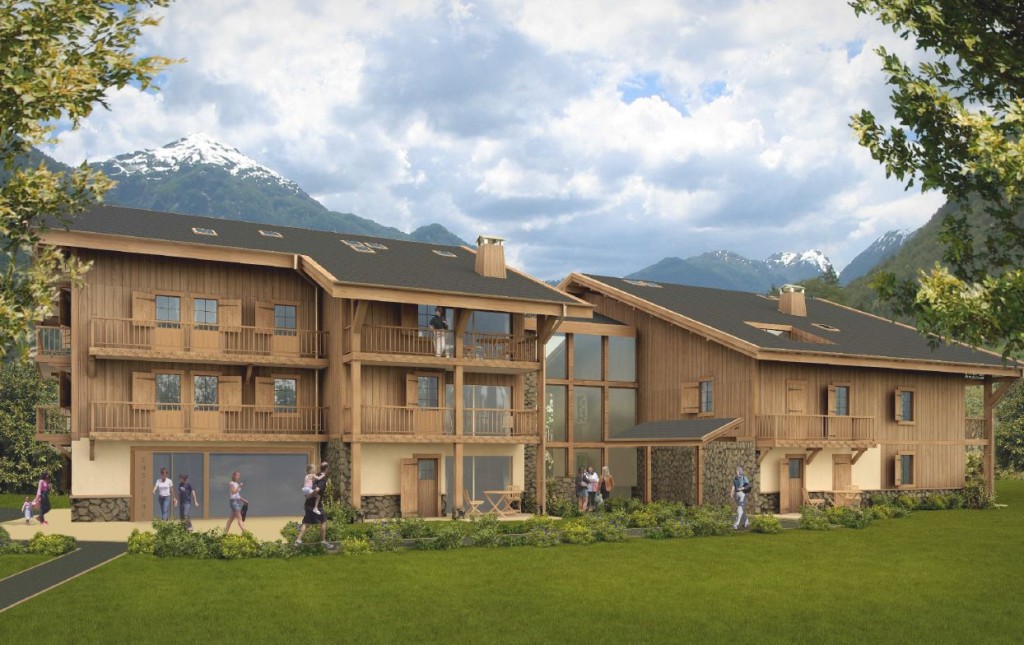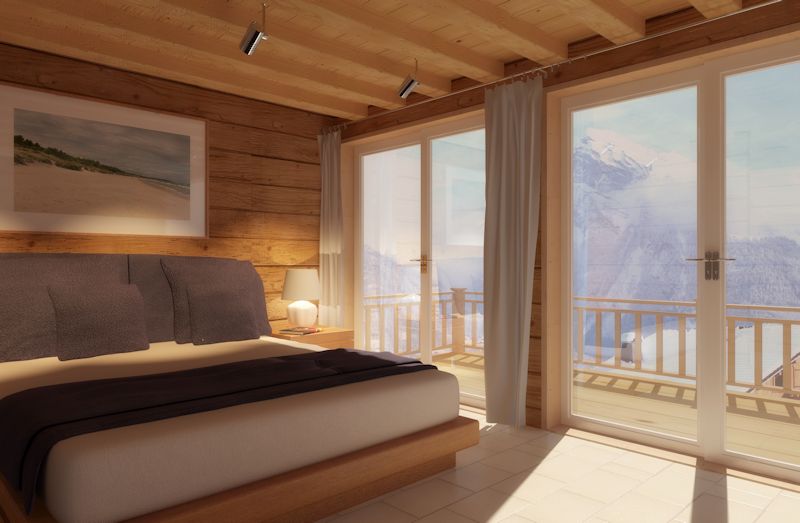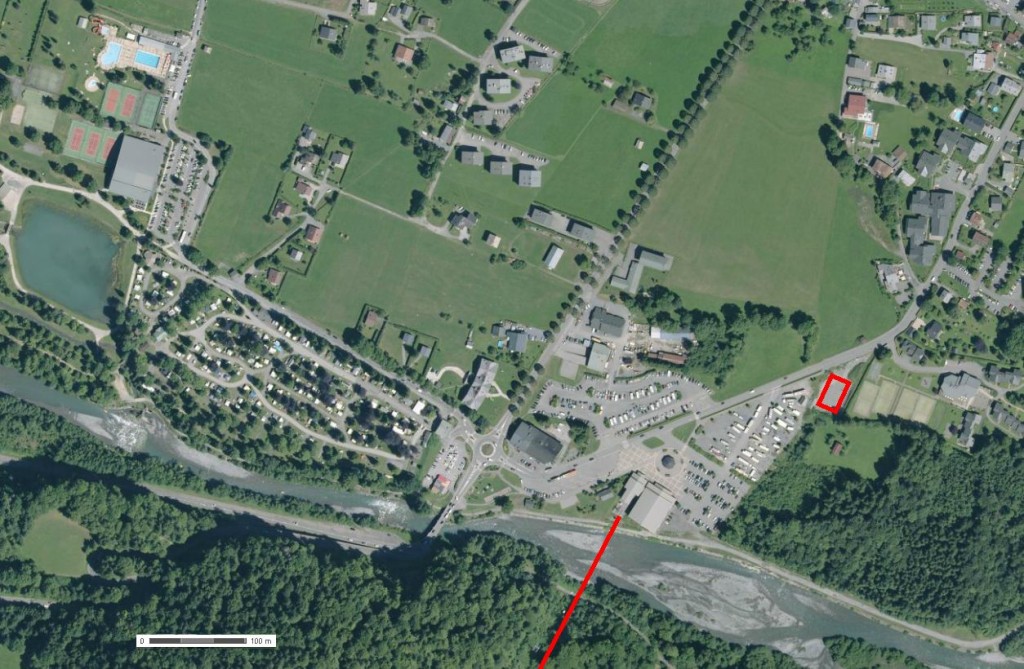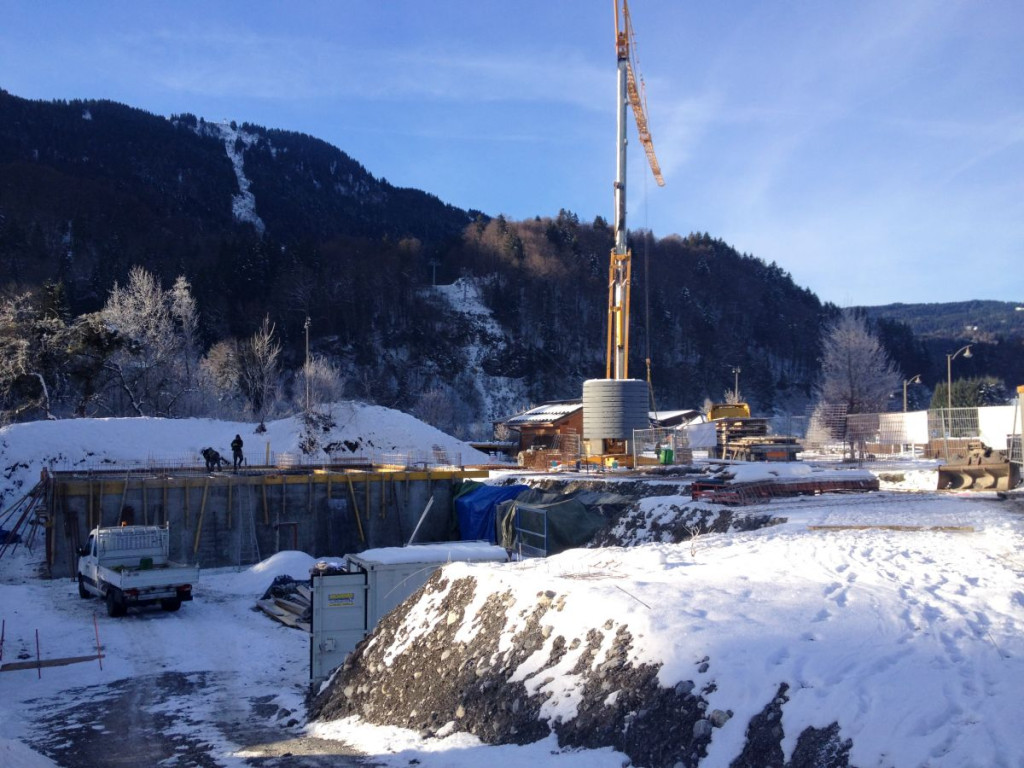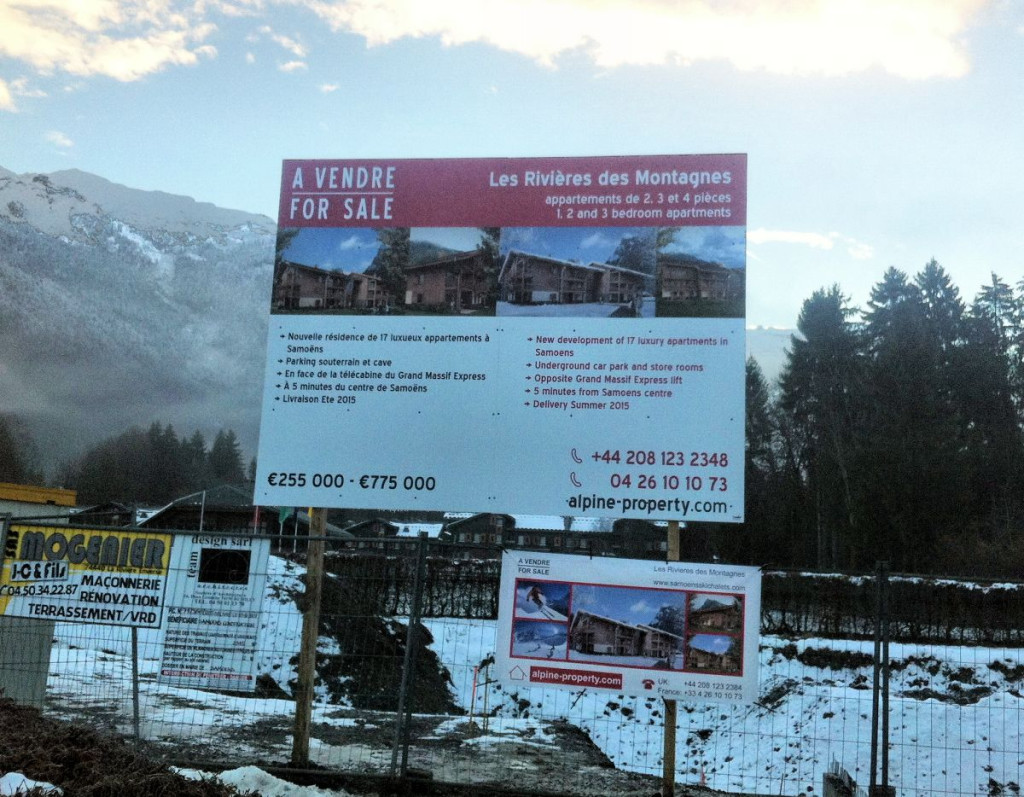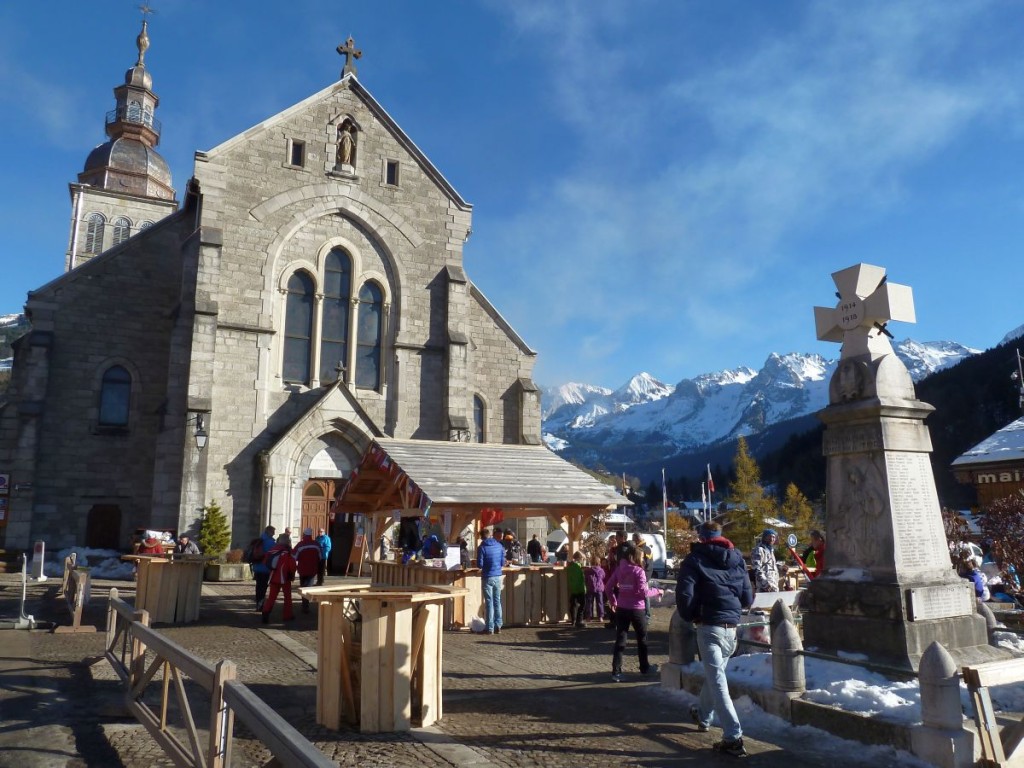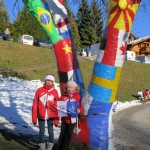So you have decided to make the move? You want to buy your first property in the French Alps but you are not really sure where to start. Buying a property anywhere, even in your home country can be a daunting prospect but then added to that, you want to buy in France. This creates additional work and research to make sure you get it right first time. Here are our top three tips for making the process as painless as possible.
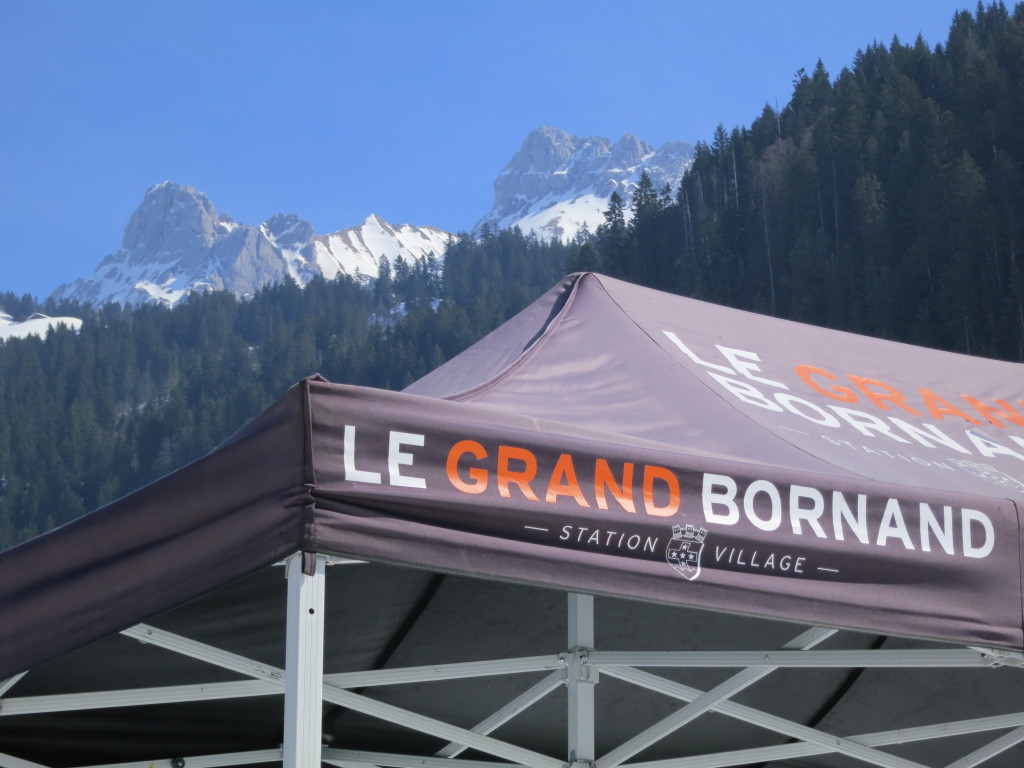
Get your mortgage agreed in principle
The first thing to do is talk to a good mortgage provider (if like most mortals you need a mortgage) so that they can confirm how much you can afford to borrow. They should give you an in principle decision to lend. We work with the biggest provider of mortgages to non-French residents, just ask Alpine Property to put you in touch. Don’t forget to add in the Notaires fees and Stamp Duty (called Frais de Notaire), budget on 8% for everything except off plan properties in which case it is 2.5%.
Find an Estate Agent to work with
If you don’t speak French then seek out a good local English-speaking agency. They will be on hand to go through everything with you in a language you can understand. The property and the area in which it is located can be fully explained to and you can be guided through the French property buying process, without fear that you have misunderstood something. If you are looking in the Haute Savoie then you obviously should contact Alpine Property!
Get to know the agents. Once you have made contact then arrange to meet to view some properties in person. From our website we have a Google map with all the properties marked. It would be tempting to visit using just this information! With your telephone in hand you could drive right to the door. It would be better not to do this! You’ll miss out on the nuggets of information like “this owner really needs to sell, the asking price is xx thousand euros but I spoke to him yesterday and he’ll accept a lot less”. OR “I’d like to show you this property, it’s not on the website yet but the owner has told me they want to sell”.
One of the main differences when buying in France compared to the UK is the speed at which you’ll be asked to sign the first contract. Once your offer has been accepted the next stage is to draw up a Compromis de Vente (a preliminary contract between buyer and seller) it is then difficult for the seller to sell to someone else, this stops gazumping. At this point you’ll need to lodge a 10% deposit with the Notaire. You will also be tied into the sale so you would be well advised to add “clause suspensives” that would allow you to withdraw from the process if you fail to obtain a mortgage or if your planning permission is refused. If the buyer fails to fulfil the contract they risk losing this deposit.
Only consider buying for the longer term
Buying a property in the French Alps should be considered a long-term commitment. It is recommended that you buy only when you plan to retain the property for at least five years. Transaction costs are high so “churning” properties is rarely cost-effective. You may need to undertake additional research if you intend to live in the area full-time or perhaps rent out your holiday home for part of the year. The cost of living in France is comparable to the UK, though some things will seem expensive (professionals fees) and some things will seem cheaper (diesel which is 20% less expensive according to my calculation in March 2014).
View lots of property in the Alps to make sure you find the chalet that is right for you and your needs and is within the location that you want it. If you want to rent it out, make sure it has all the attributes needed to be rented out easily. I’ve written on the subject of renting here. If you plan to live in it full-time, think about the lifestyle you want to lead once here in the Alps. Do you really want to be above that noisy bar in the centre of town in winter? Or in that “high-altitude” purpose built resort during the summer season?

